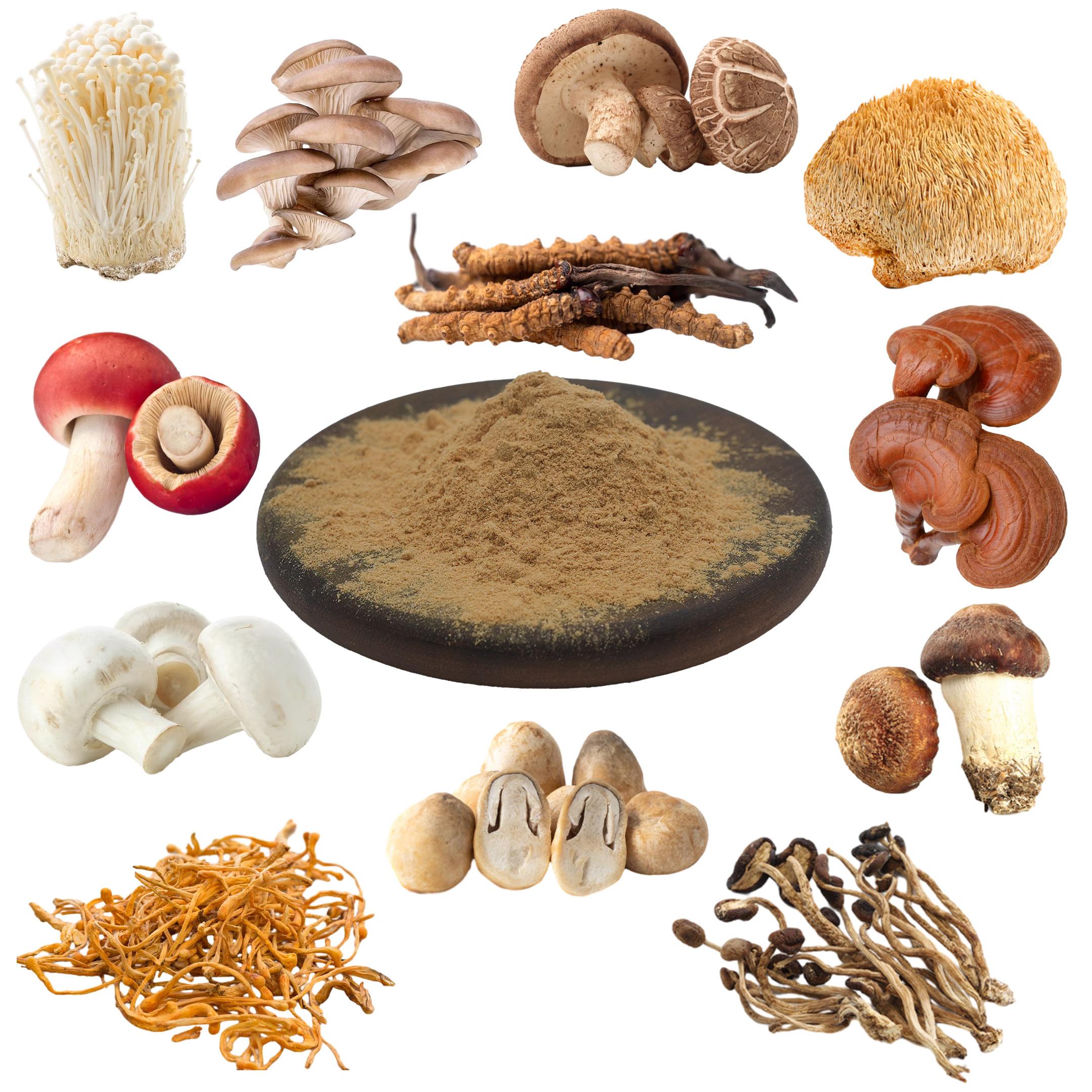Due to the improvement of people's living standards, people prefer products made from traditional Chinese medicine plant extracts. But we can't go back to the past. We wash our hair with boiled water of soap and ginger every day, and apply egg white to our face as a facial mask, because time is precious. So cosmetics made from traditional Chinese medicine plant extracts are widely welcomed in the market.
So the problem is that people often like to judge the amount of plant ingredients added by color and smell, which is not scientific.
Traditional Chinese medicine plants are processed and extracted through modern bioengineering technology, which first solves the problem of volume and makes it more convenient to use. At the same time, scientific extraction ensures the stability of the extract and solves the quality instability caused by the original medicinal materials.
However, the quality management of plant extracts mainly depends on whether the content of the required ingredients meets the inspection standards.
The slight changes in color and odor of the extract cannot be controlled during the entire production process, including the national quality inspection standards for plant extracts that also allow for color and odor differences.
The reasons for the different colors and odors of traditional Chinese medicine plant extracts can be summarized as follows:
1. Different origin of raw materials
Chinese herbal medicines from different regions have their own characteristics. In addition to their different content of ingredients, their form, color, and odor also vary. Various factors such as terrain, climate, and soil quality also affect the growth of Chinese herbal medicines. Different origins of raw materials can lead to differences in the color and odor of extracts. For example, the Rehmannia glutinosa from Henan and the Rehmannia glutinosa from Guangdong. For example, the Party in Shanxi participates in the Party in Fujian.
2. Different harvesting seasons
The content of active ingredients in the same type of Chinese herbal medicine varies when harvested in different seasons, and the maturity of plants directly affects the color and odor of the extract. Some Chinese herbal medicines have two different appearance forms when harvested twice within a year, and some Chinese herbal medicines even have differences when harvested early or late. For example, Anemarrhena, Osmanthus fragrans, and Artemisia argyi.
3. Different varieties
In traditional Chinese medicine, there are multiple varieties of the same traditional Chinese medicine, with the same effective ingredients and equivalent effects. However, the same extraction process produces extracts with significantly different colors and odors. For example, indigo, for example, woody incense.
4. Save as
Different traditional Chinese medicine preservation methods vary, and the extracted and processed products also have differences in color and odor. Natural air dried, sun dried, and dried traditional Chinese medicine are produced under the same production process, and the products will inevitably have differences in color and odor. How to compare Polygonum multiflorum, such as ginger.
At present, using traditional Chinese medicine plant extracts as cosmetic additives is a new development direction in China. There is no unified standard for its relevant regulations and product quality evaluation, so the appearance and form of cosmetics cannot be used as a judgment standard.
Moreover, cosmetics that use plants as the main raw material cannot maintain absolute consistency in appearance like chemical products at present.
As a cosmetic additive, plant extracts have differences in different batches, which is the biggest characteristic of plant cosmetics. Consumers should still focus on the effectiveness of the product, rather than just focusing on color and odor.


Post time: Nov-13-2023


